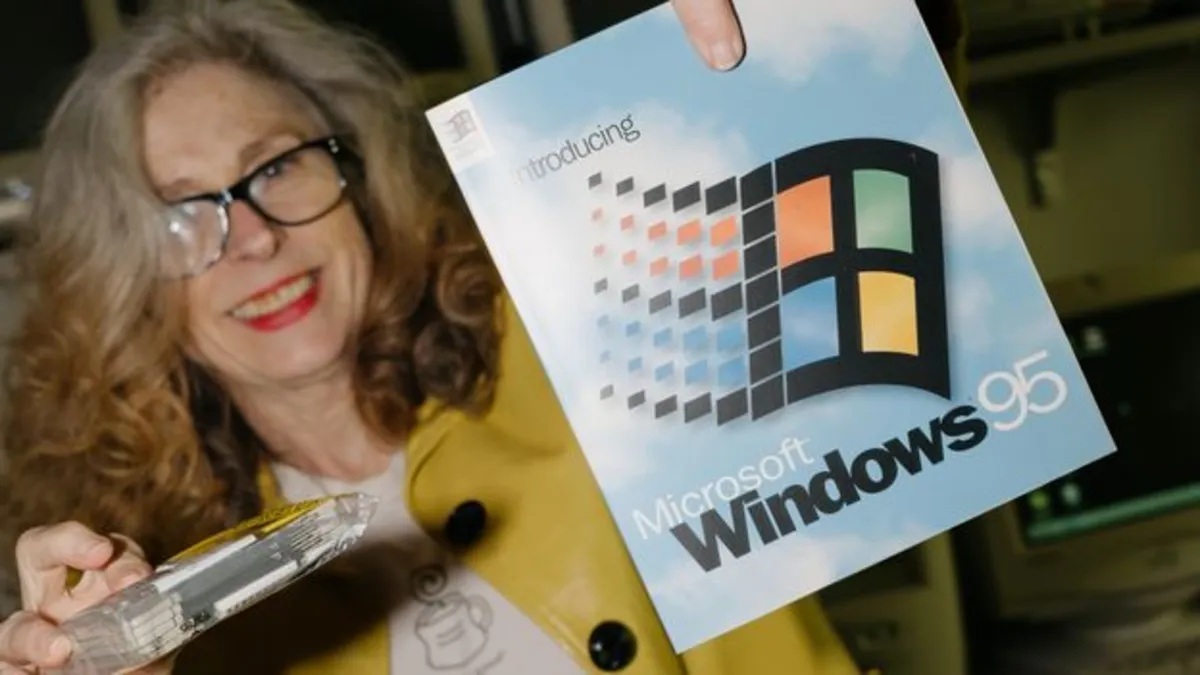
As technology advances at a rapid pace, many individuals and organizations find themselves trapped using outdated software and devices. This article explores the peculiar and persistent world of obsolete Windows machines, shedding light on their continued existence in our daily lives.
Earlier this year, during a routine visit to a doctor's office in New York City, I noticed something unexpected: an elevator screen powered by Windows XP, an operating system launched nearly 25 years ago. This encounter serves as a stark reminder of how ingrained Microsoft’s technology is in our society. In 2023, Microsoft is celebrating its 50th anniversary, having successfully reclaimed its position as one of the most valuable companies globally, largely due to its investments in artificial intelligence and modern computing technologies.
Since its inception in 1975, Microsoft has woven itself into the fabric of digital infrastructure, ensuring that many of us still rely on aging Windows software for our daily tasks. According to Lee Vinsel, an associate professor at Virginia Tech, the pervasive presence of obsolete Windows systems is a testament to Microsoft's success. "Their systems are built into everything around us," he states, emphasizing how Windows has become synonymous with productivity.
Interestingly, many ATMs still operate on legacy Windows systems like Windows XP and even Windows NT, which debuted in 1993. Elvis Montiero, an ATM technician from Newark, New Jersey, explains that the costs associated with hardware upgrades and regulatory compliance discourage banks from modernizing these machines. Despite Microsoft ending official support for Windows XP in 2014, many ATMs continue to rely on these systems for their reliability and stability.
In Germany, a recent job posting for Deutsche Bahn, the national railway company, highlighted the need for IT administrators familiar with Windows 3.11 and MS-DOS—systems that are over three decades old. A spokesperson from Deutsche Bahn noted that older systems are kept operational due to their stability and compliance with safety standards. In fact, some trains operate on technology older than many of their passengers.
In the United States, the San Francisco Municipal Transit Authority still uses DOS software to operate its Muni Metro light railway. The system requires a floppy disk to boot up each morning, a testament to the enduring presence of obsolete technology in everyday life. Although the SFMTA plans to retire this system, the floppy disks continue to play a crucial role in its operation.
In a high-end printing studio in San Diego, two massive printers—known as LightJets—are still powered by Windows 2000. John Watts, who manages these printers, refers to them as “boat anchors” due to their age. Despite the slow performance and challenges associated with upgrading, the quality of print they produce remains unparalleled, highlighting the dichotomy of old technology still delivering exceptional results.
The frustrations of using outdated systems extend beyond printing. Eric Zabriskie, a psychiatrist at the US Department of Veterans Affairs, recalls waiting up to 15 minutes to boot up his computer. The Computerized Patient Record System (CPRS), which operates on an even older system called VistA, exemplifies the challenges faced by professionals relying on outdated technology. The VA's ongoing attempts to modernize this system reflect the broader issues of deferred maintenance and reliance on legacy software.
While many view obsolete computers as a burden, Dene Grigar, director of the Electronic Literature Lab at Washington State University, embraces vintage technology as a means to preserve digital art and literature. Her lab houses 61 computers, showcasing electronic works that challenge traditional definitions of storytelling. Grigar’s efforts highlight the cultural significance of older technology and its role in shaping digital narratives.
Microsoft’s approach to software licensing and support has allowed many organizations to hold onto outdated systems for longer than anticipated. While this reliance on old technology poses challenges, it also underscores the enduring legacy of Microsoft in our digital landscape. From ATMs to healthcare systems, the ghosts of Windows past continue to shape our technological experiences today.
For more technology news and insights, sign up for our Tech Decoded newsletter, or explore The Essential List for curated features and insights delivered to your inbox twice a week.